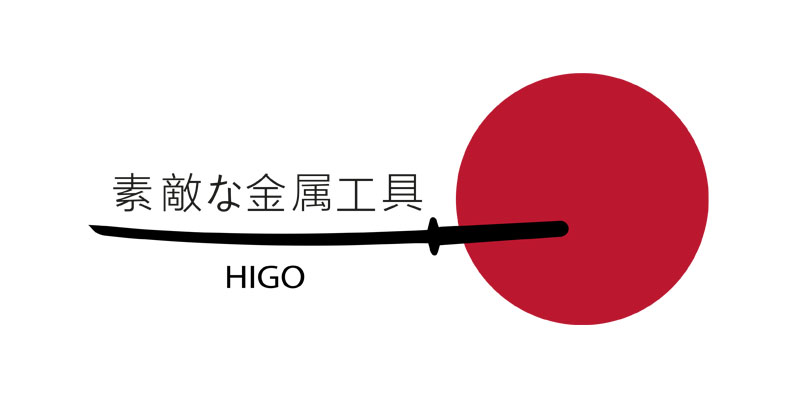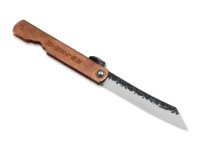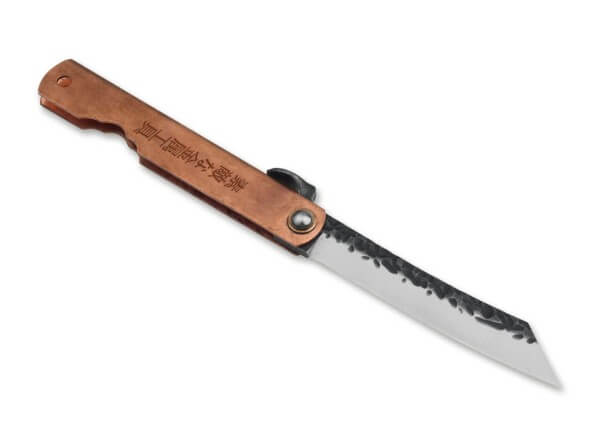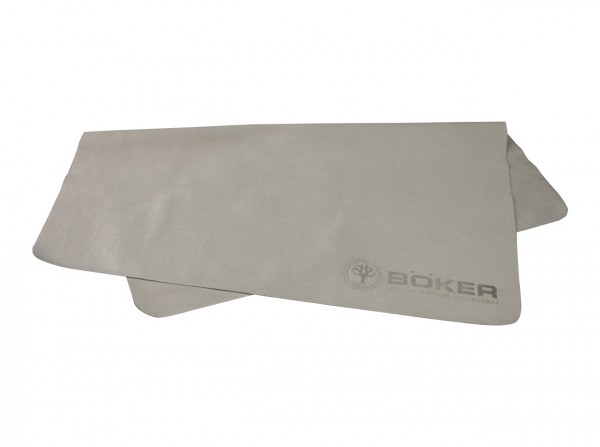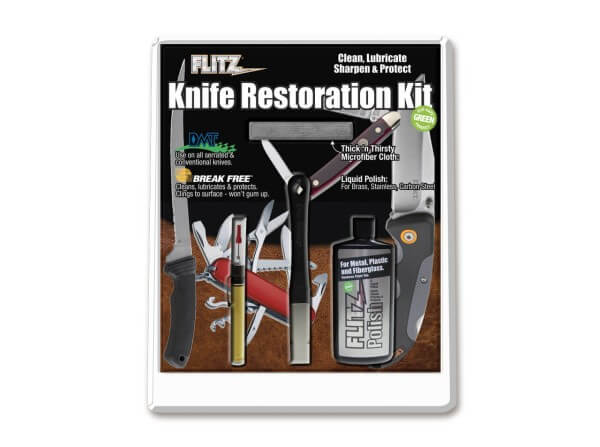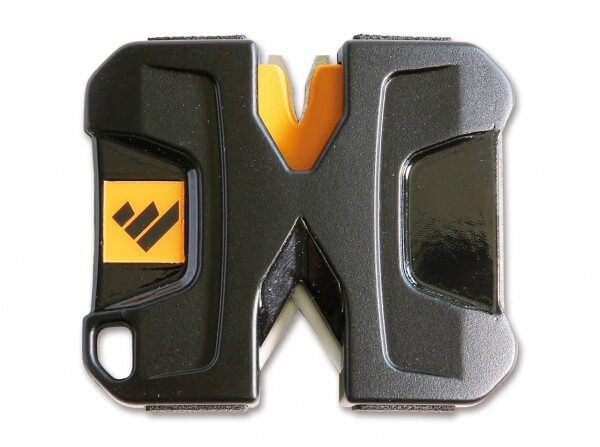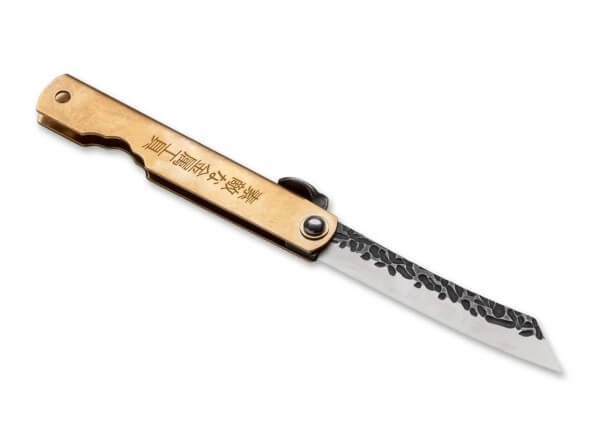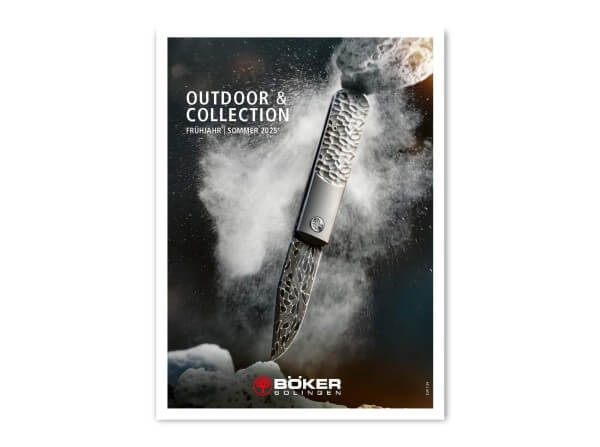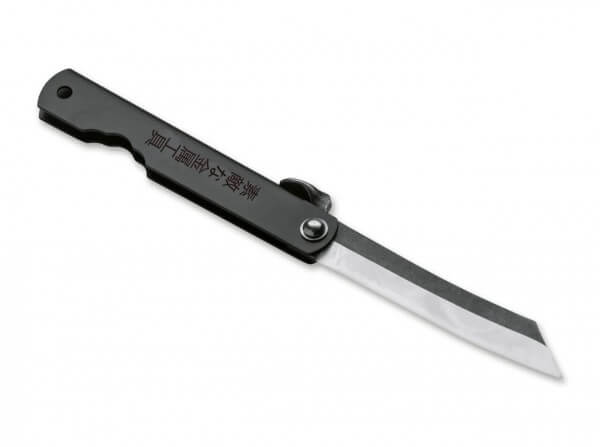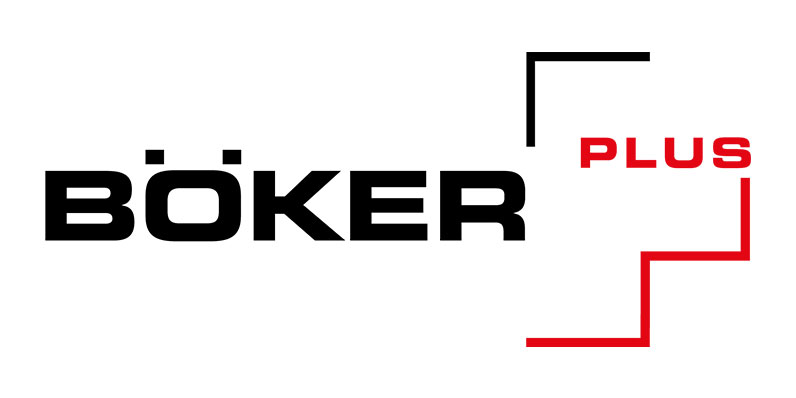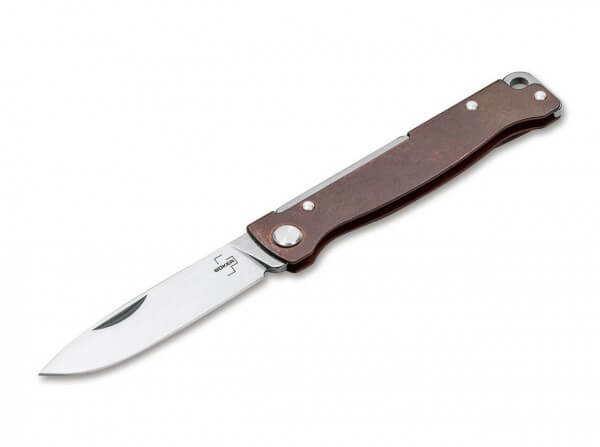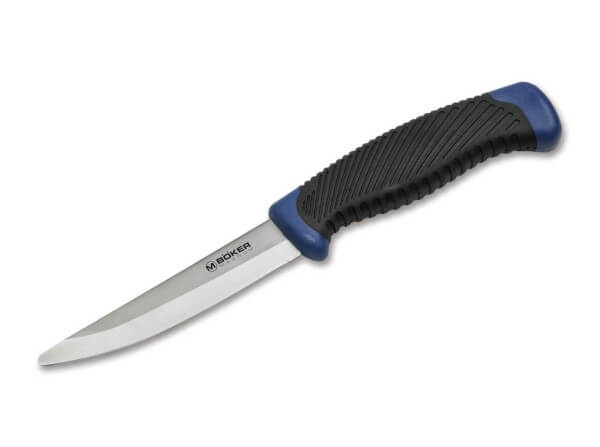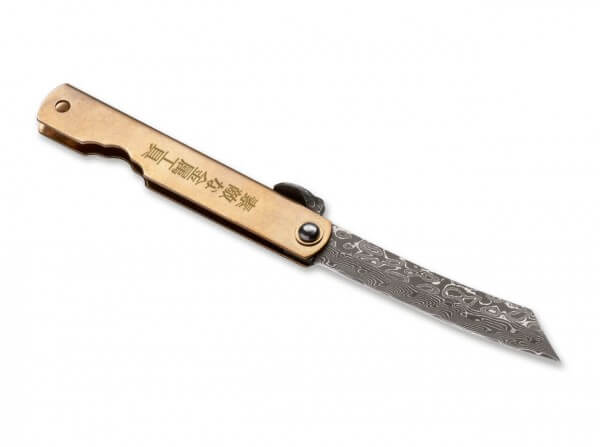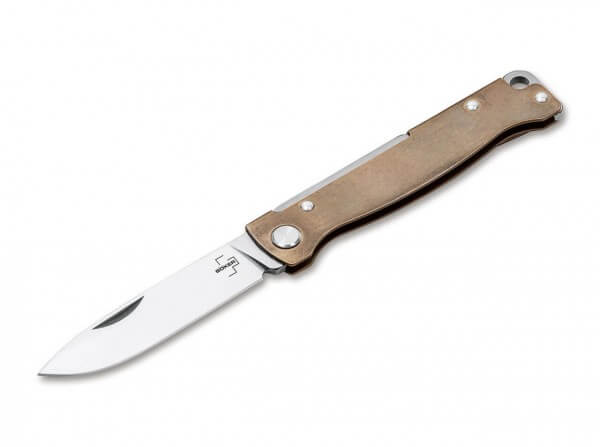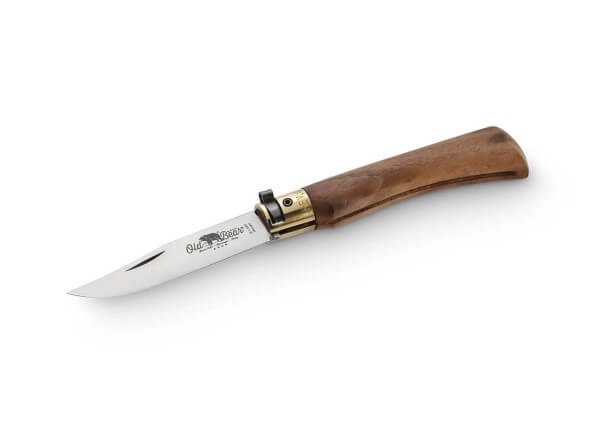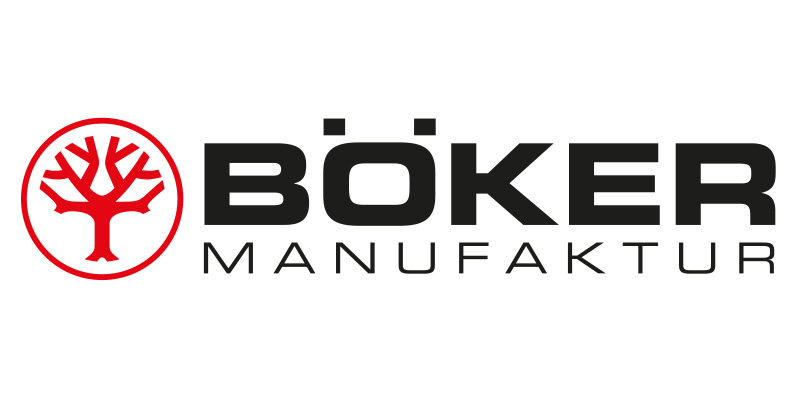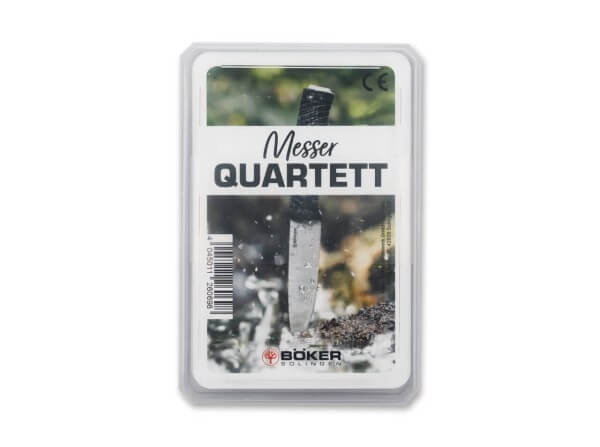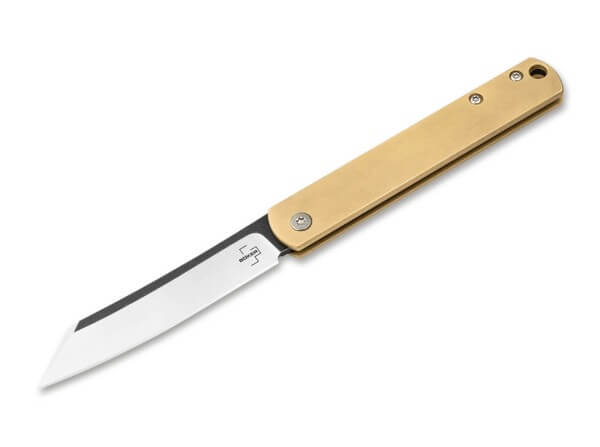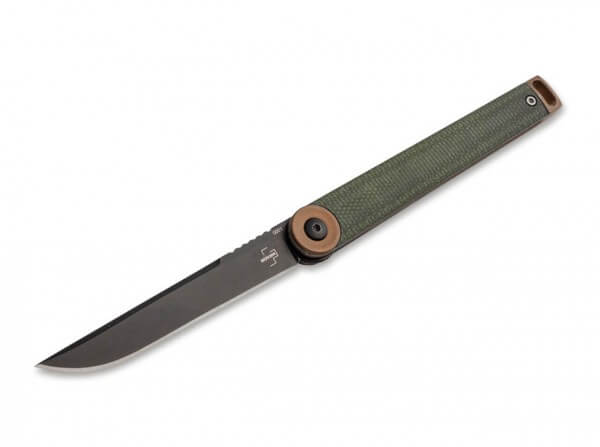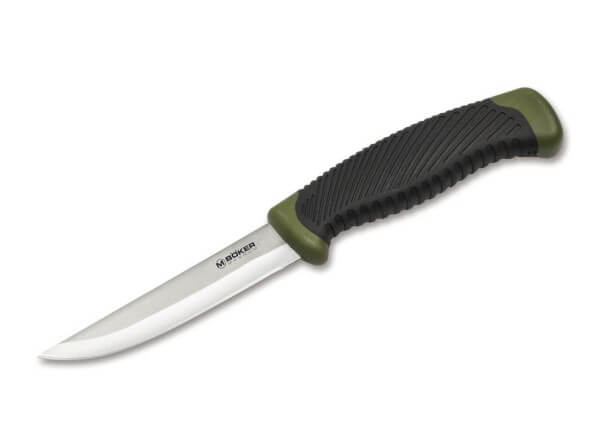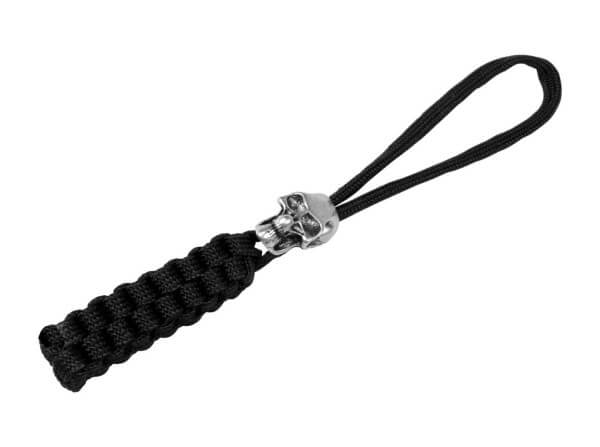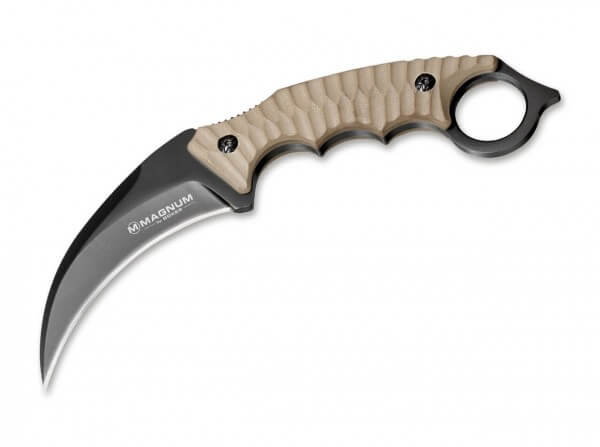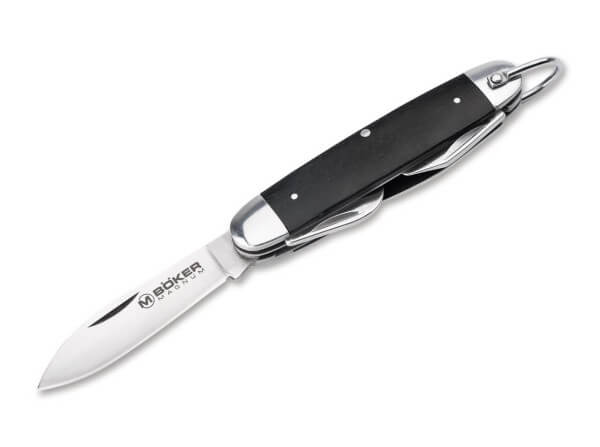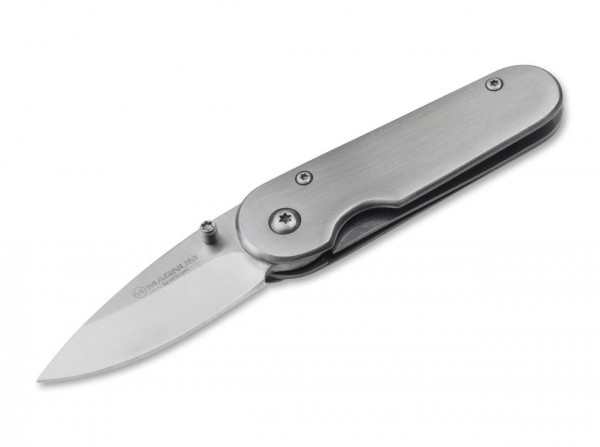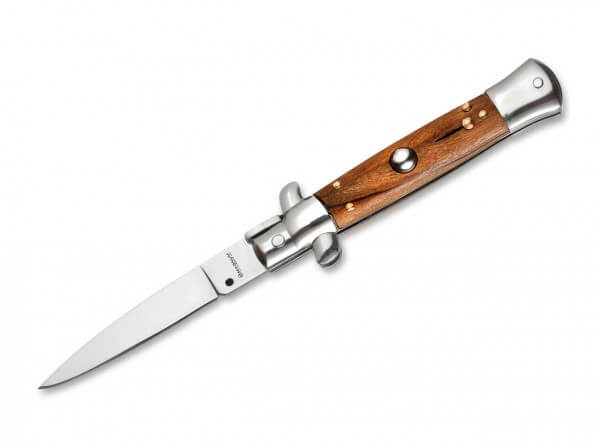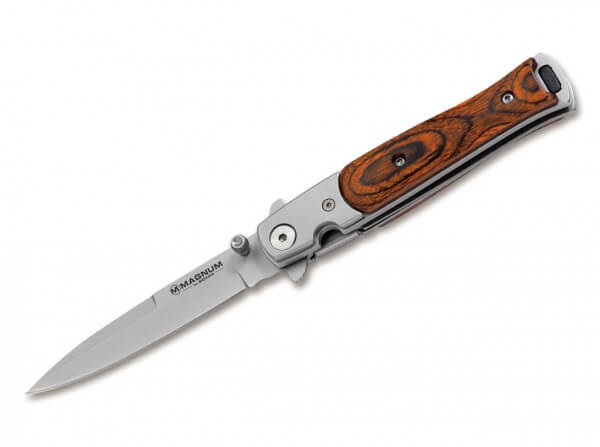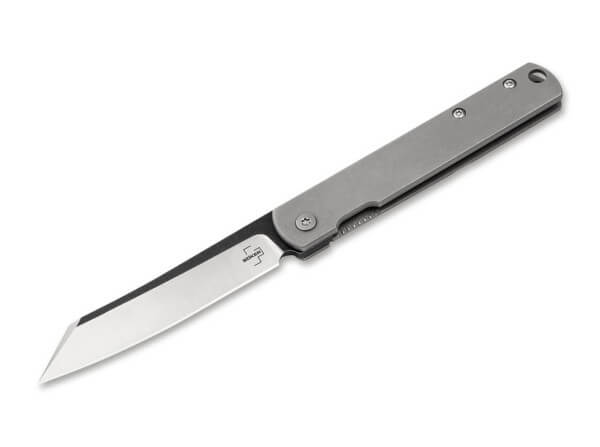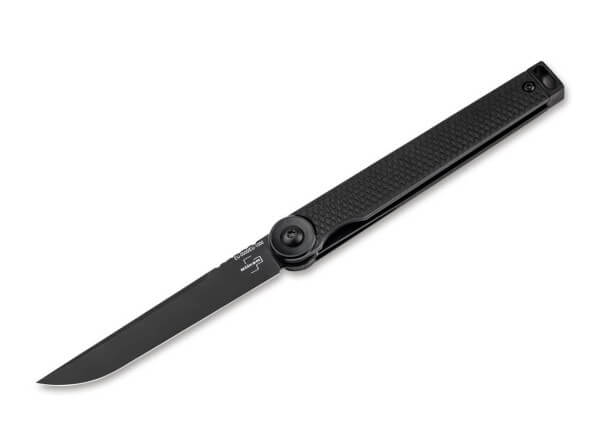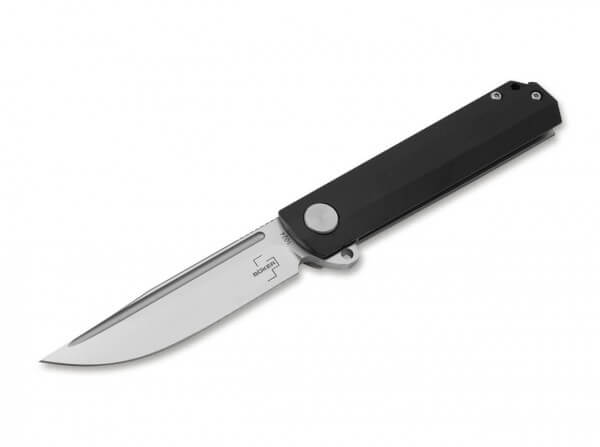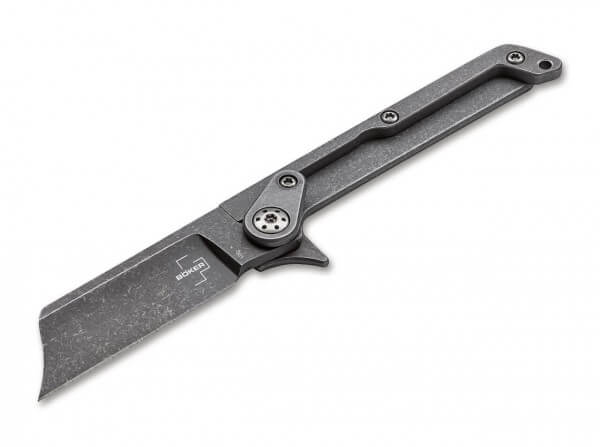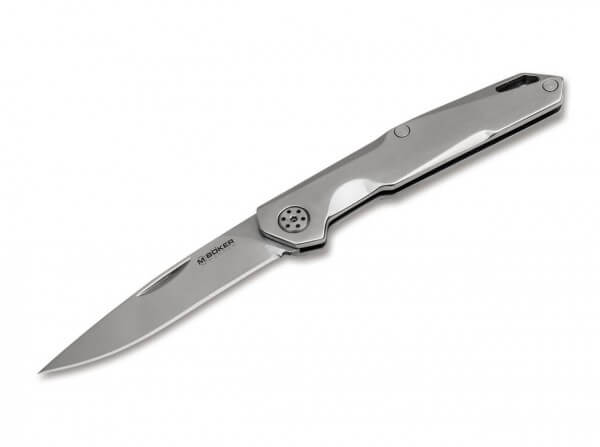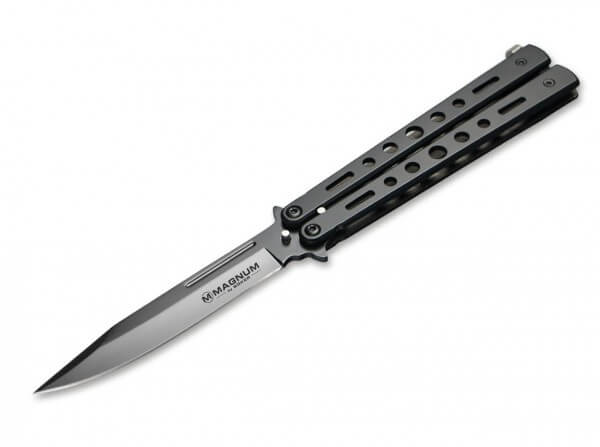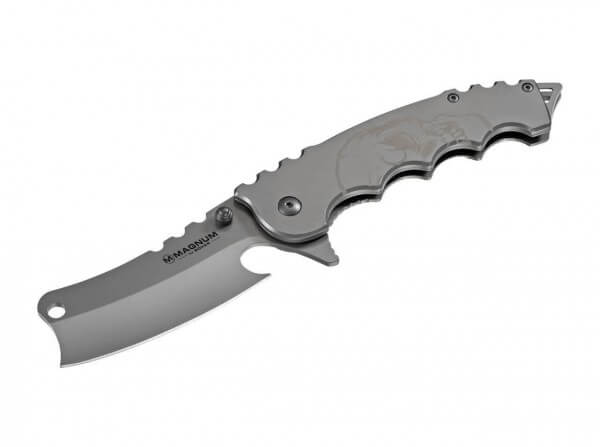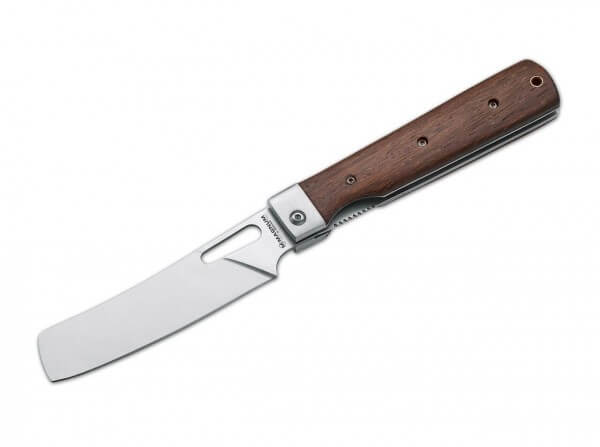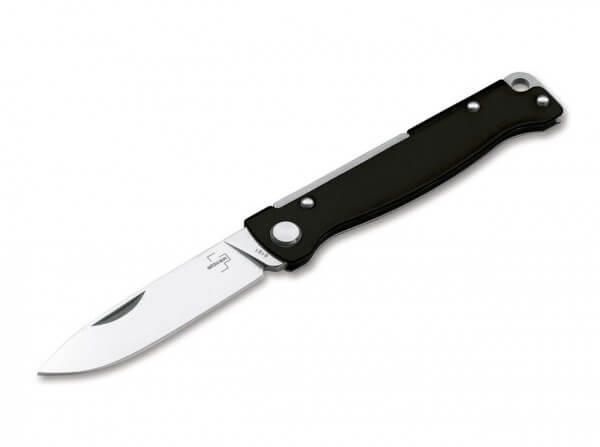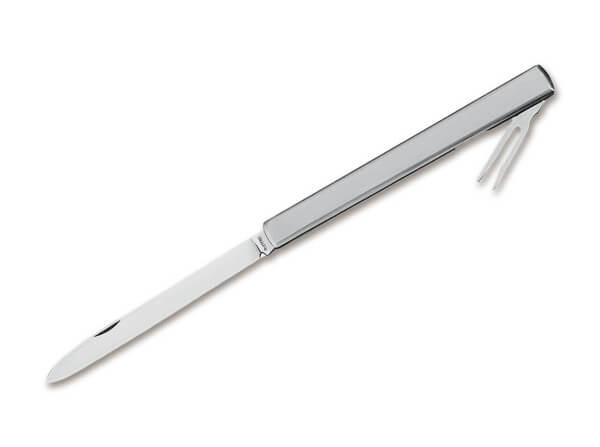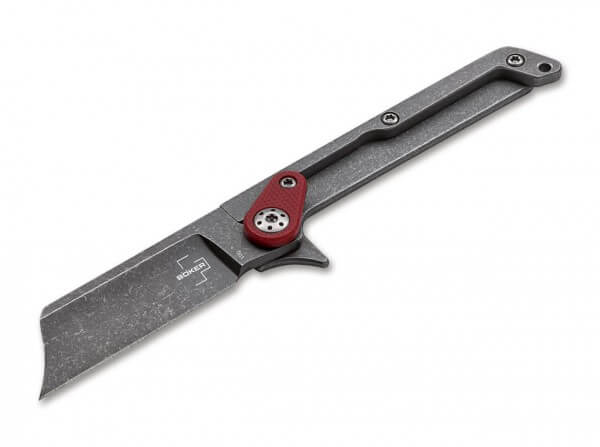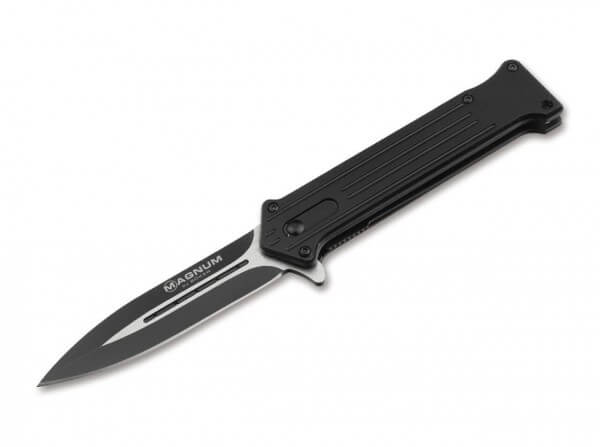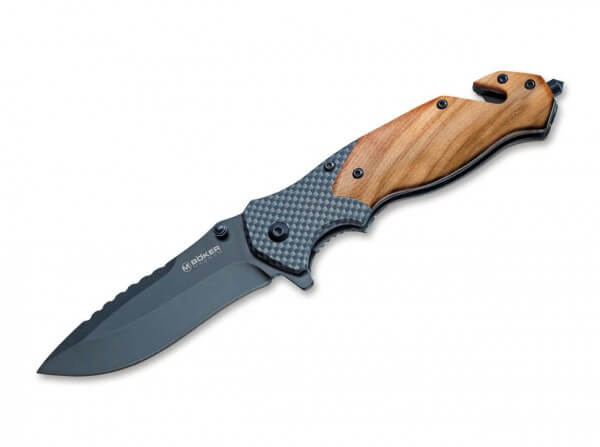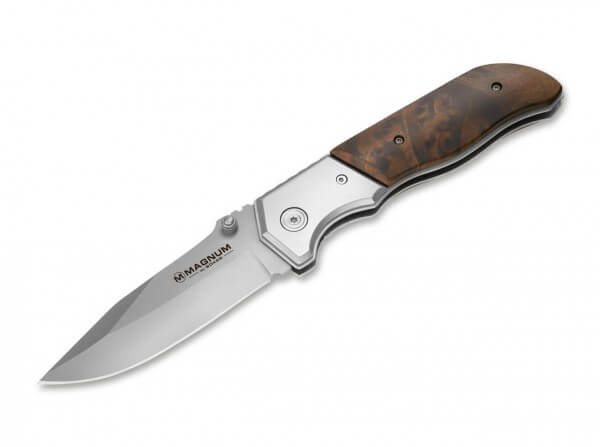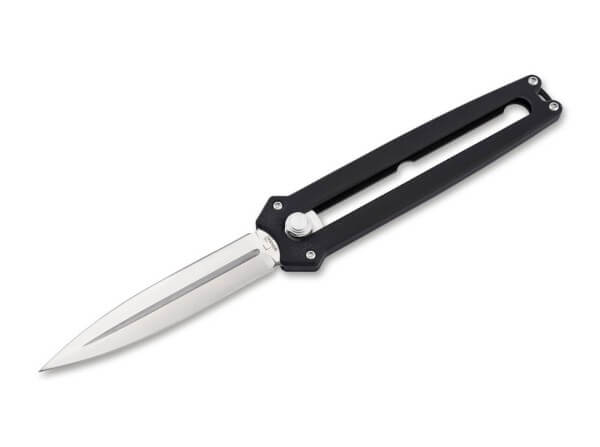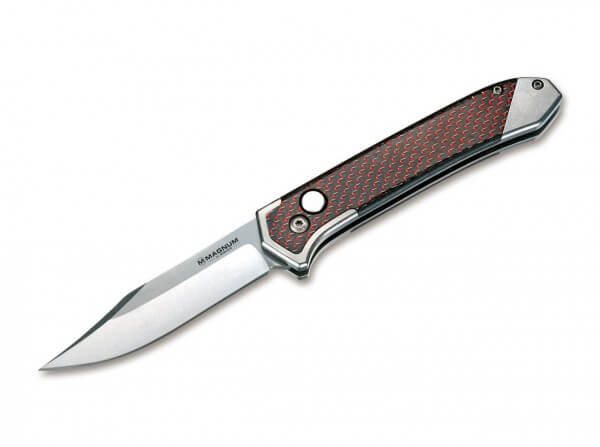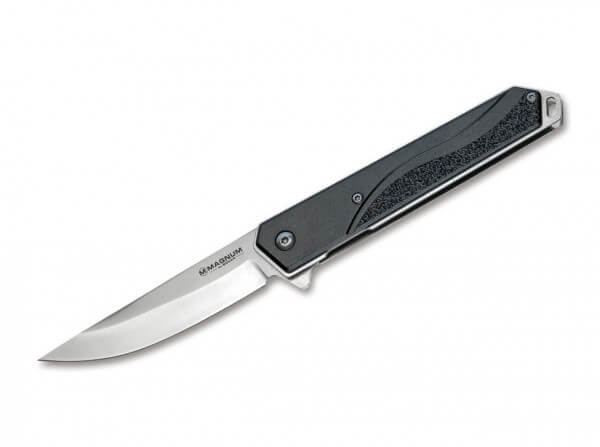*All prices include VAT, shipping costs will be charged separately.
In stock
- Type: Pocket Knife
- Engraving: Yes
- Brand: Higo
- Overall Length: 16,50 cm
- Blade Length: 7,40 cm
- Blade Thickness: 2,80 mm
- Weight: 42,00 g
- Blade Material: 7Cr17MoV
- Handle Material: Copper
- Opener: Friction
- Opening: Manual
- Lock Type: Friction Folder
- Made in: Asia
- Item Number: 01PE316
Warning and safety information:
Cut injuries: The most common danger when using knives is the risk of cuts. Sharp blades can quickly penetrate skin and tissue.
Slipping of the knife: Improper or excessive pressure can cause the knife to slip, resulting in uncontrolled movements that can cause injuries.
Injuries due to falls: Knives should never be left unsecured or near table edges to prevent them from falling and injuring someone.
Blunt knives: Blunt knives pose a greater risk of injury as they require more force and can slip more easily. Knives should therefore be properly sharpened regularly.
Improper use: Using a knife for tasks for which it is not intended (e.g. as a lever tool) can not only damage the blade, but also lead to accidents.
Klassiker, elegant/stilvoll, gut ausgearbeitet( besonders die Klinge), stabiler als es für manchereins den Anschein haben mag, guter Stahl,
Die Klinge ist sehr sauber geschliffen und das klassische Gelenk kam gut geölt. Dank des gefaltenen Griffs, welcher aus Kupfer besteht und daher mit der Zeit immer mehr an rustikalem Charakter gewinnt, ist es verhältnismäßig dünn gebaut und daher angenehm und bequem zu tragen (selbst in Hemdtaschen). Es ist ein kleiner und feiner Begleiter für den urbanen Alltag, woran man lange seine Freude haben kann.
Die Klinge ist sehr sauber geschliffen und das Gelenk kam gut geölt. Dank des gefaltenen Griffs (welcher aus Kupfer besteht und daher mit der Zeit immer mehr an rustikalem Charakter gewinnt) ist es verhältnismäßig dünn gebaut, und daher angenehm und beque
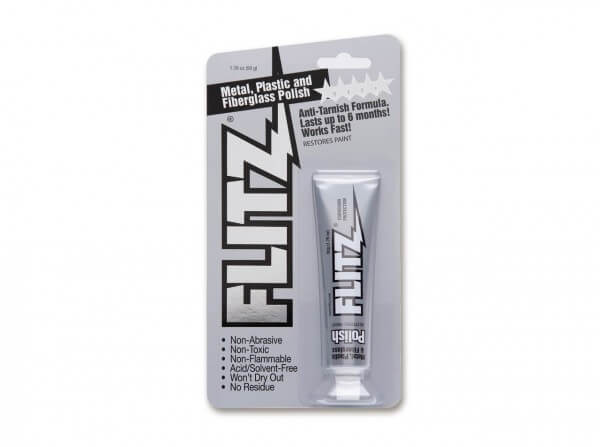
5 weeks approx. from order
- Polishing Paste
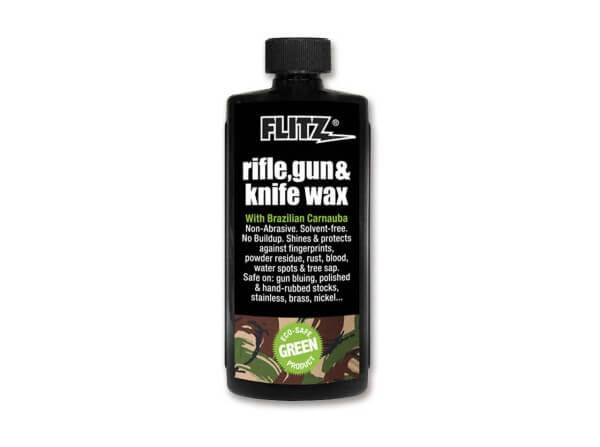
5 weeks approx. from order
- Accessory
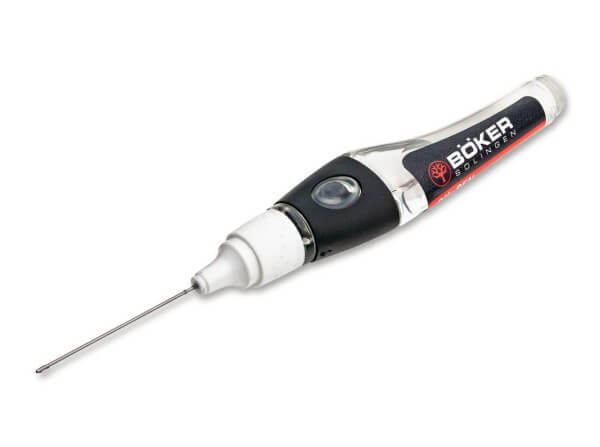
In stock
- Accessory
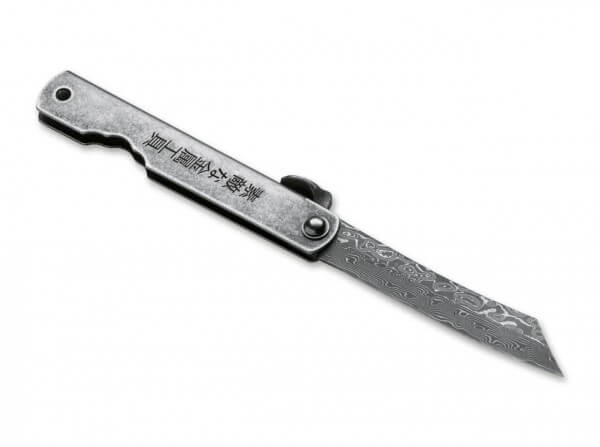
In stock
- Pocket Knife
- Damascus
- Stainless Steel
- Friction Folder
- Friction
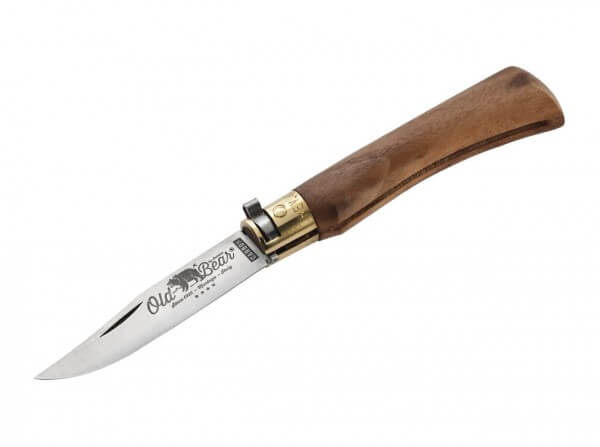
In stock
- Pocket Knife
- Carbon Steel
- Walnut Wood
- Twist Lock
- Nail Nick
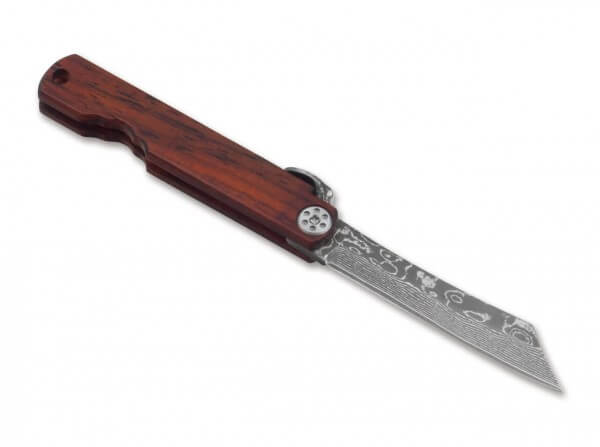
No longer available
- Pocket Knife
- Damascus
- Wood
- Friction Folder
- Friction
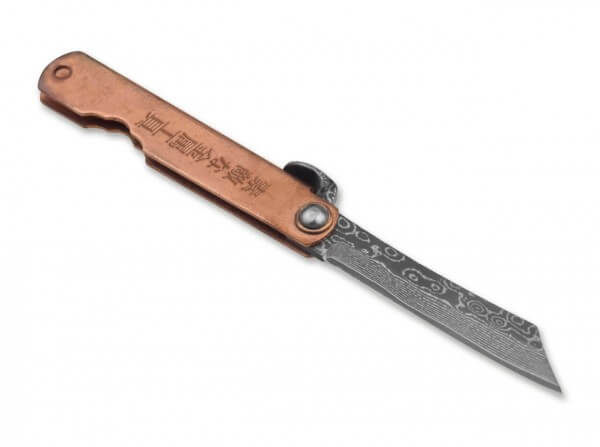
No longer available
- Pocket Knife
- Damascus
- Copper
- Friction Folder
- Friction

In stock
- Pocket Knife
- Damascus
- Stainless Steel
- Friction Folder
- Friction
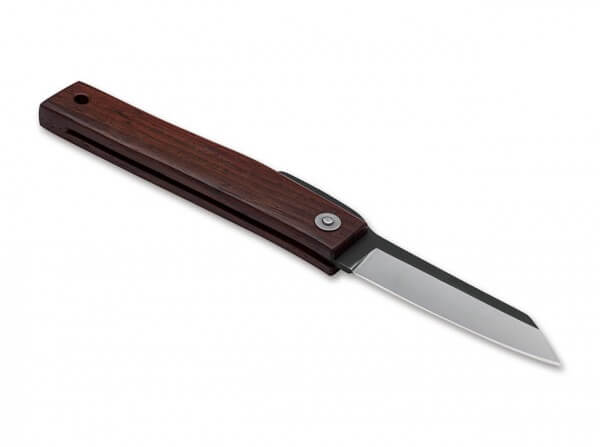
No longer available
- Pocket Knife
- Carbon Steel
- Rosewood
- Friction Folder
- Friction
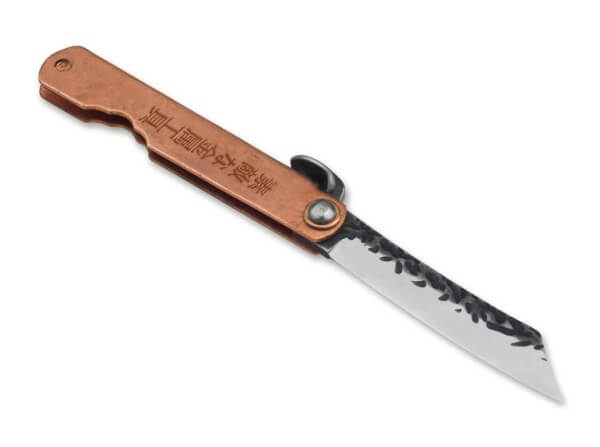
No longer available
- Pocket Knife
- 7Cr17MoV
- Copper
- Friction Folder
- Friction
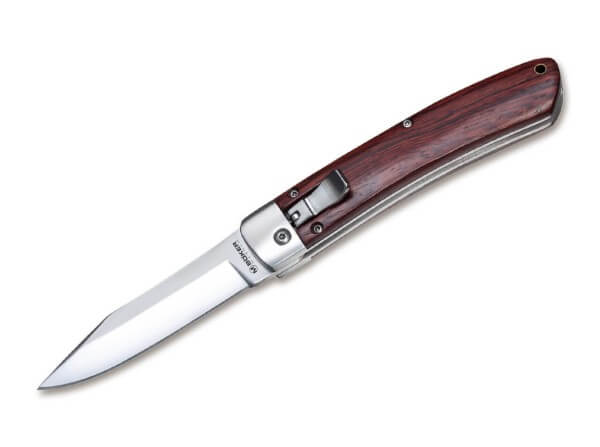
Approx. in stock from 29.04.2025
- Pocket Knife
- 440A
- Rosewood
- Push Button
- Push Button
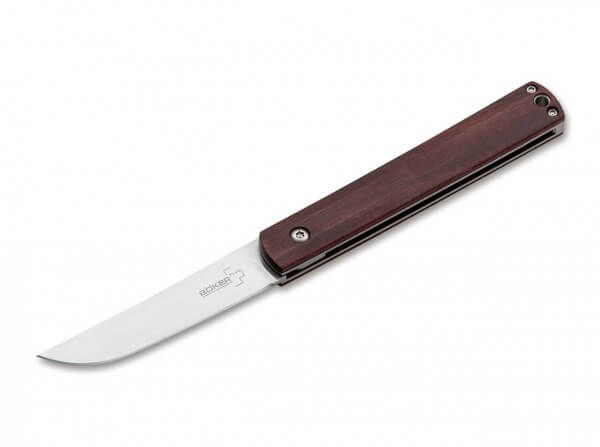
In stock
- Pocket Knife
- 440C
- Cocobolo Wood
- Kansei Matsuno
- Slipjoint
- Flipper
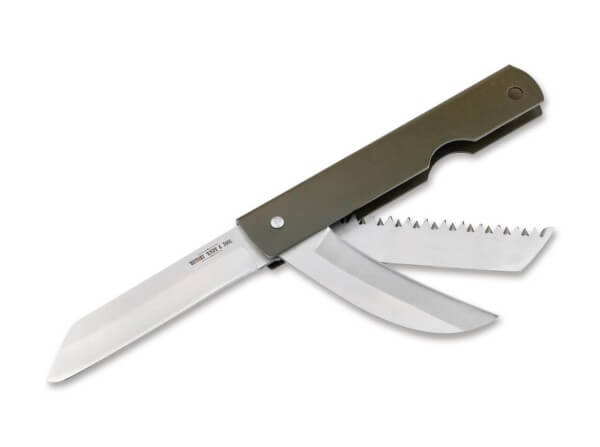
In stock
- Pocket Knife
- 440
- Stainless Steel
- Friction Folder
- No
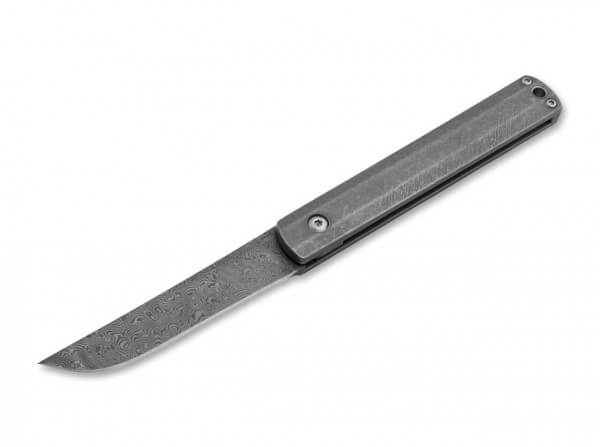
In stock
- Pocket Knife
- Damascus
- Titanium
- Kansei Matsuno
- Slipjoint
- Flipper
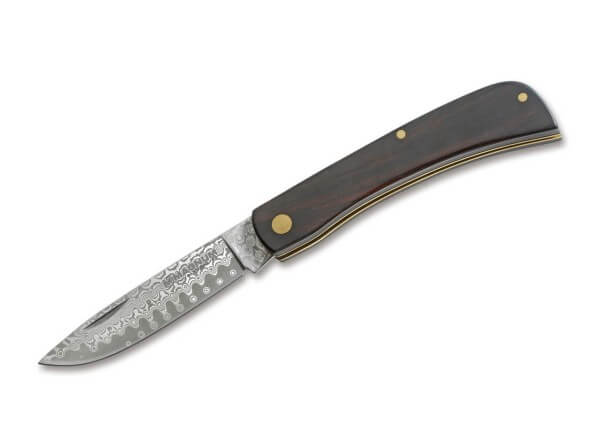
In stock
- Pocket Knife
- Damascus
- Ebony
- Slipjoint
- Nail Nick
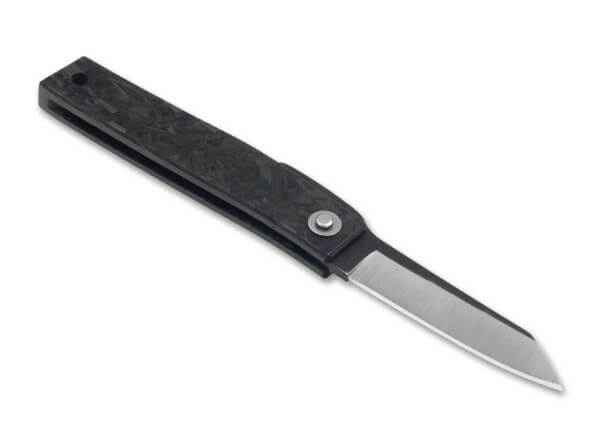
No longer available
- Pocket Knife
- 7Cr17MoV
- Carbon Fibre
- Friction Folder
- Friction
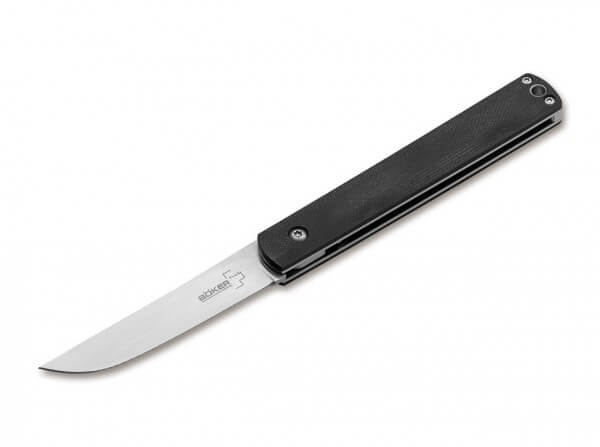
In stock
- Pocket Knife
- 440C
- G10
- Kansei Matsuno
- Slipjoint
- Flipper
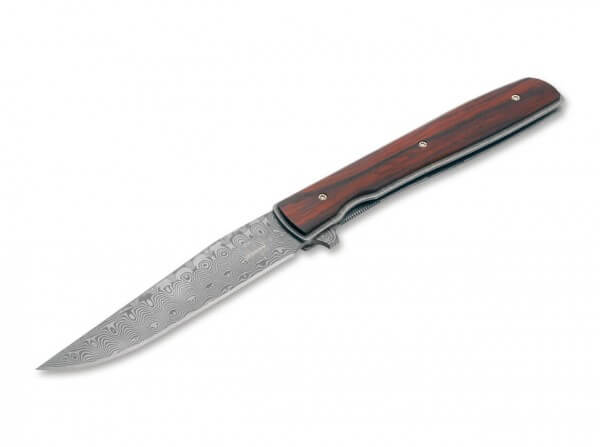
In stock
- Pocket Knife
- Damascus
- Cocobolo Wood
- Brad Zinker
- Linerlock
- Flipper
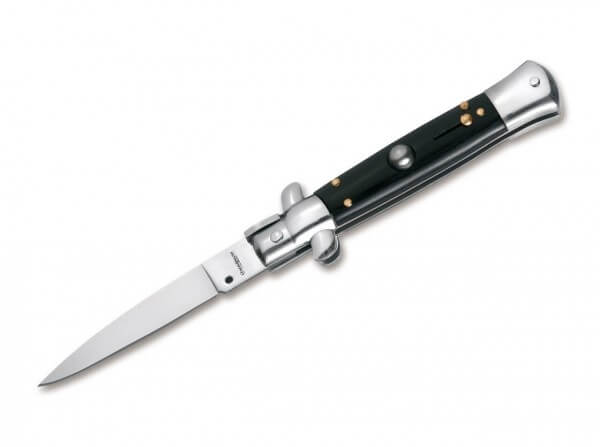
In stock
- Pocket Knife
- 440A
- Pakka Wood
- Linerlock
- Push Button
Higo
The first Higonokami knives were made as early as 1896 in the Japanese town of Miki. After the last samurai were forbidden to carry swords in public, many blacksmiths started to make knives. Higo no Kami was then an honorary title for especially powerful samurai, and it quickly became the name for the knives produced there. Since then the construction of the classic Higo has hardly changed. The handle is usually made of one piece of folded metal, the knife is opened by a lever (Chikiri) on the back of the blade. By pressing the lever while holding the knife, the blade is kept open.
|
Manufacturer information: |
The first Higonokami knives were made as early as 1896 in the Japanese town of Miki. After the last samurai were forbidden to carry swords in public, many blacksmiths started to make knives.... more
